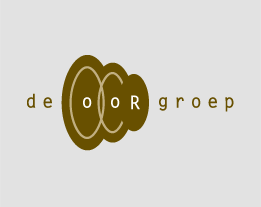Europees Researchproject
Het Europese 7de Kaderproject (AAL 2013-6-065)SHiEC "Supporting Hearing in Elderly Citizens" gaat van start.
Connecting People with a Hearing Implant to their Care Givers
Severe hearing loss is a disabling condition. Gradually losing the ability to participate to a conversation reduces the quality of life of many elderly people, making them feel disconnected from their family and beloved, and from their professional or social environment.
Fortunately hearing implants can - to a large extent - restore the sense of hearing by bridging the defective part of the hearing pathway. A cochlear implant stimulates the auditory nerve directly, whereas bone conduction implants transmit sound through the skull. These devices are technically advanced and require an intense interaction between care givers (doctors, audiologists, speech therapists) and the implant user, especially during the first few years.
On 1st May 14, a 3-year project “Supporting Hearing in Elderly Citizens” (SHIEC) started in the framework of the European Ambient Assisted Living program. The project is co-funded by AAL, the European Commission and the National research agencies of Flanders, Belgium (IWT), the Netherlands (ZonMw) and Sweden (Vinnova).
“We are delighted with this opportunity,” Filiep Vanpoucke, the project coordinator said. “These people really depend on their hearing implant for their day-to-day functioning. The current care trajectory is rather burdensome. It requires frequent travel to specialized care centers. Especially in the first year it is intense. But afterwards the need for a continuous monitoring and technical support remains. Today several enabling technologies, such as mobile platforms and device connectivity, are coming together to create a much more convenient care path, where people are connected to their care givers from home and have tailored information available at their fingertips”.
The project brings the various actors together in a multi-disciplinary consortium to develop a telemedecine platform for hearing care, connecting implant users (Dutch society of cochlear implant users) to their hearing clinics (VU medical center Amsterdam, Otoconsult Antwerp) and to the implant manufacturers (Cochlear Belgium, Cochlear Sweden). Jointly they will develop a web platform for counseling, device maintenance and hearing assessment. Successful adoption of such a distributed care tool will be more convenient for implant user and clinician while providing higher quality of hearing care.
For more information, please visit www.shiec.eu and www.aal-europe.eu

